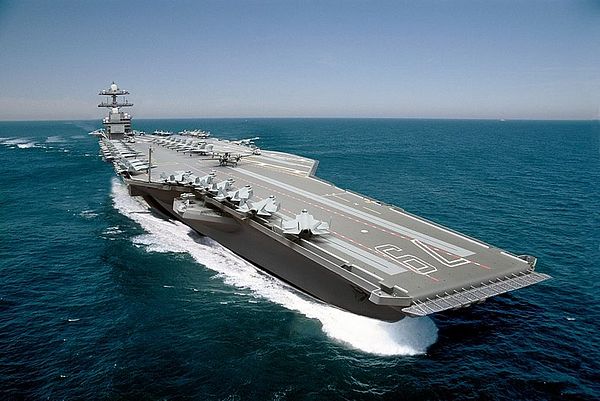SOURCE: AFI


The seas are witnessing a surge in the development of massive aircraft carriers, often dubbed “supercarriers.” The United States currently reigns supreme with the USS Gerald R. Ford, a behemoth displacing over 100,000 tons and measuring over 1,000 feet in length.
China, a relative newcomer to the supercarrier game, has launched its own contender – the Fujian. Though slightly smaller than the Ford, displacing around 80,000 tons, it possesses notable features like domestically-developed electromagnetic launch and arrestor gear.
Russia has also signaled its intent to join the supercarrier race. Retired Vice Admiral Vladimir Pepelyaev, a former high-ranking official, recently advocated for a new Russian aircraft carrier with a displacement of 70,000 to 90,000 tons. Notably, unlike the US Ford class, both China and Russia appear to be favoring conventional propulsion systems for their planned behemoths.
The Indian Navy’s plans to develop a third aircraft carrier with a 60,000-ton displacement might seem modest compared to the global giants emerging. This has sparked discussions within the Navy to potentially revisit its carrier program and consider a larger design. The rationale behind this lies in not just accommodating more fighter jets but also potentially serving as a base for combat drones within the operational area.
The resurgence of supercarriers raises several questions about the future of naval power. Will these colossal vessels continue to be the ultimate symbol of maritime dominance? How will smaller navies adapt to this evolving landscape? The coming years will likely witness further developments in this global arms race on the high seas.